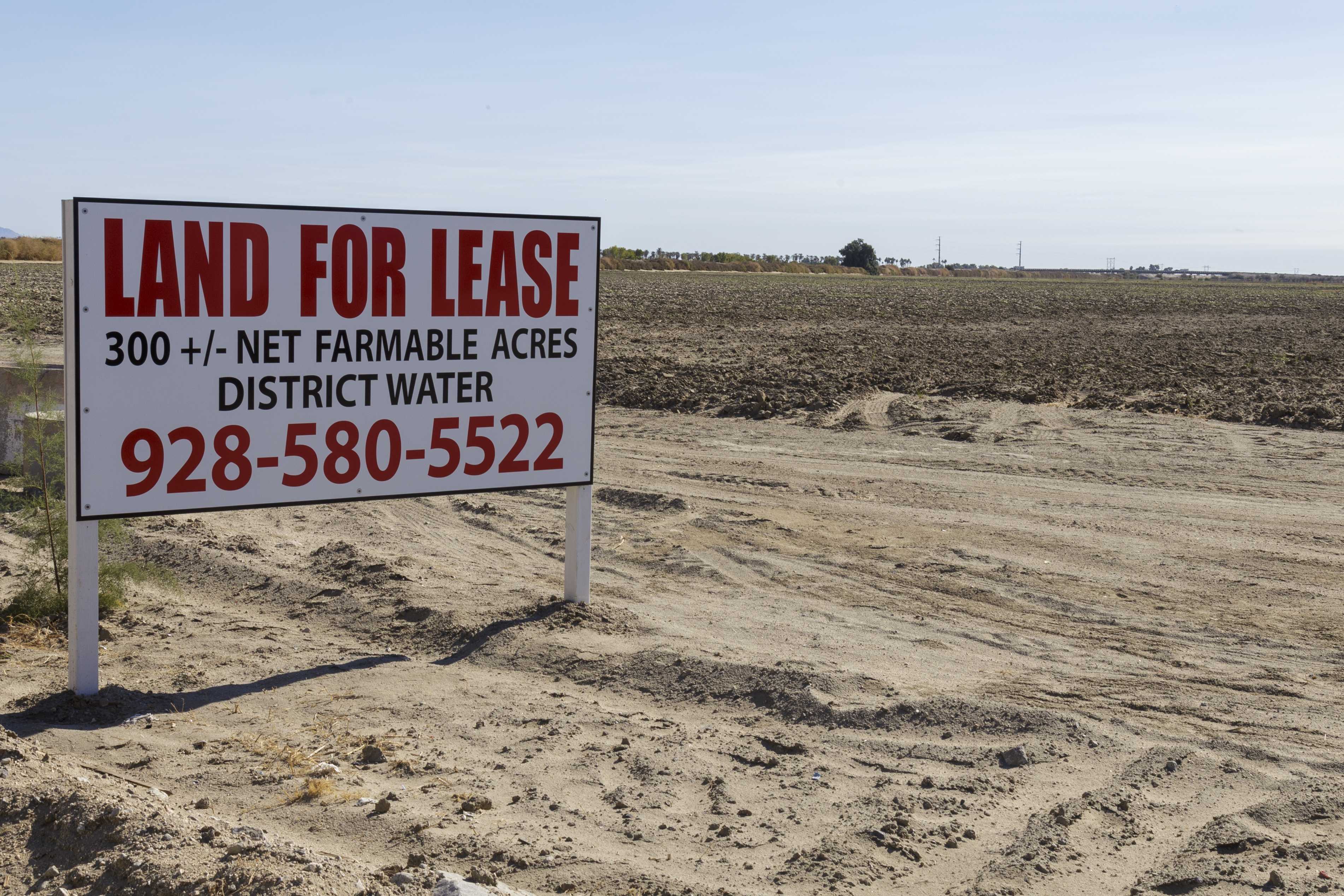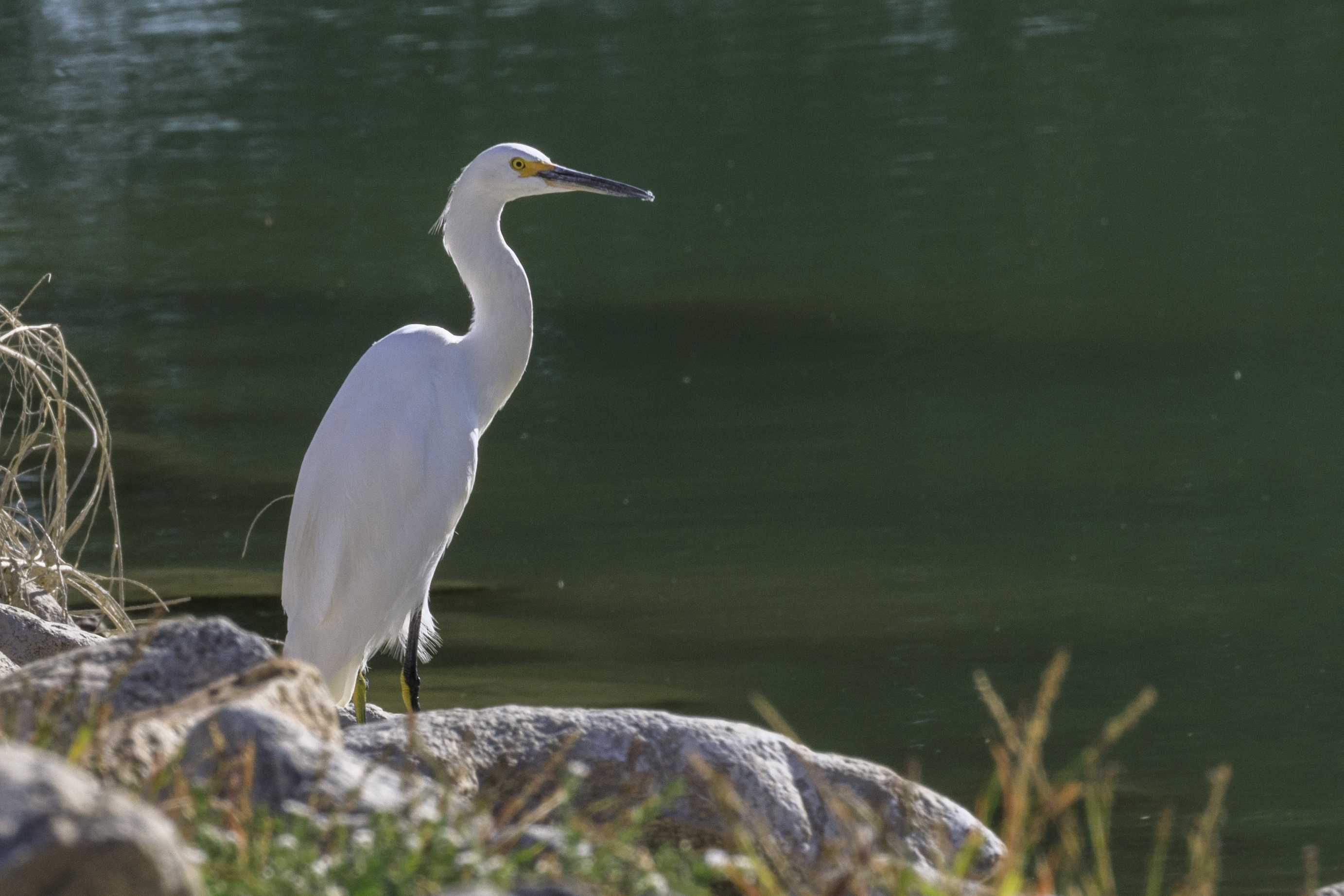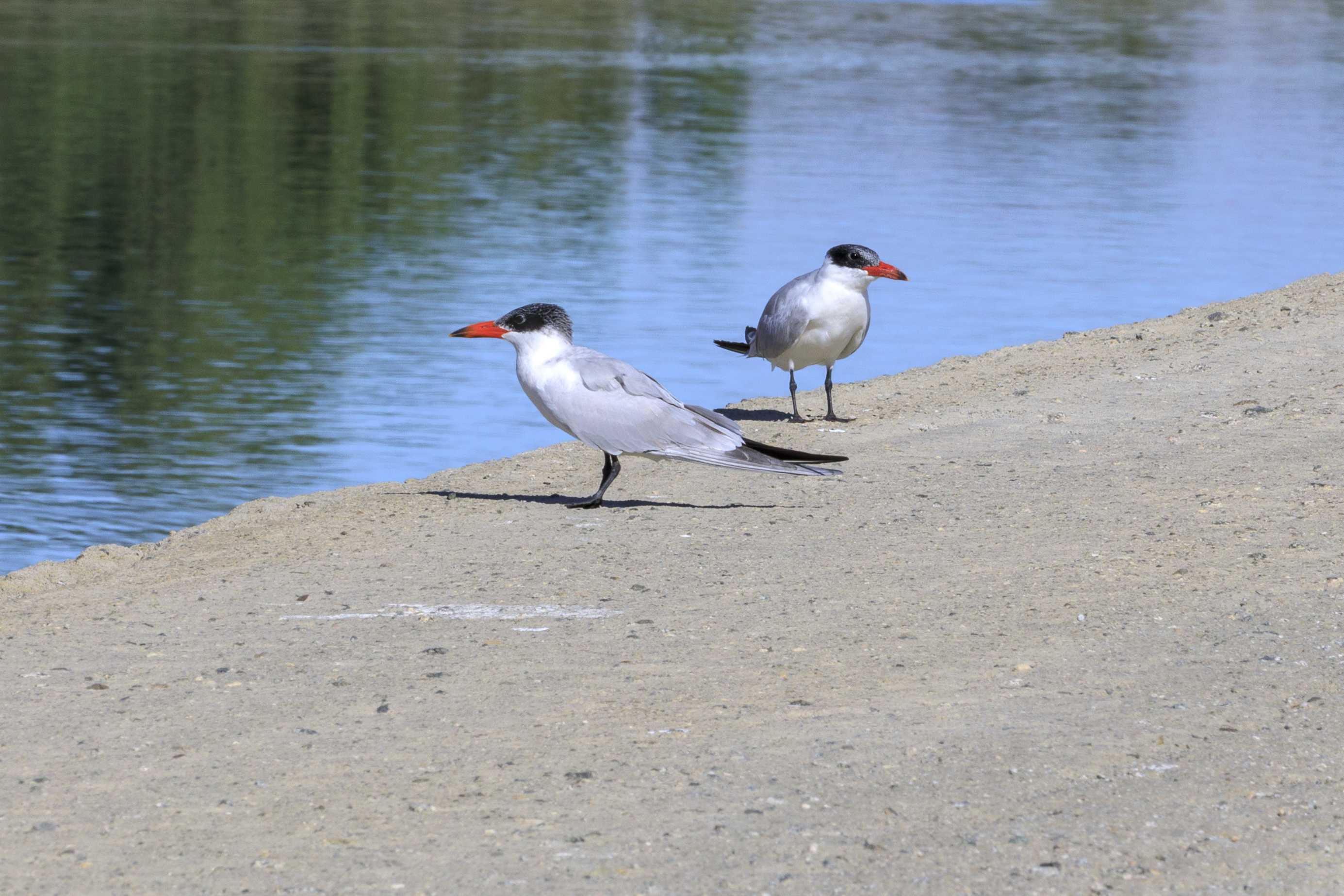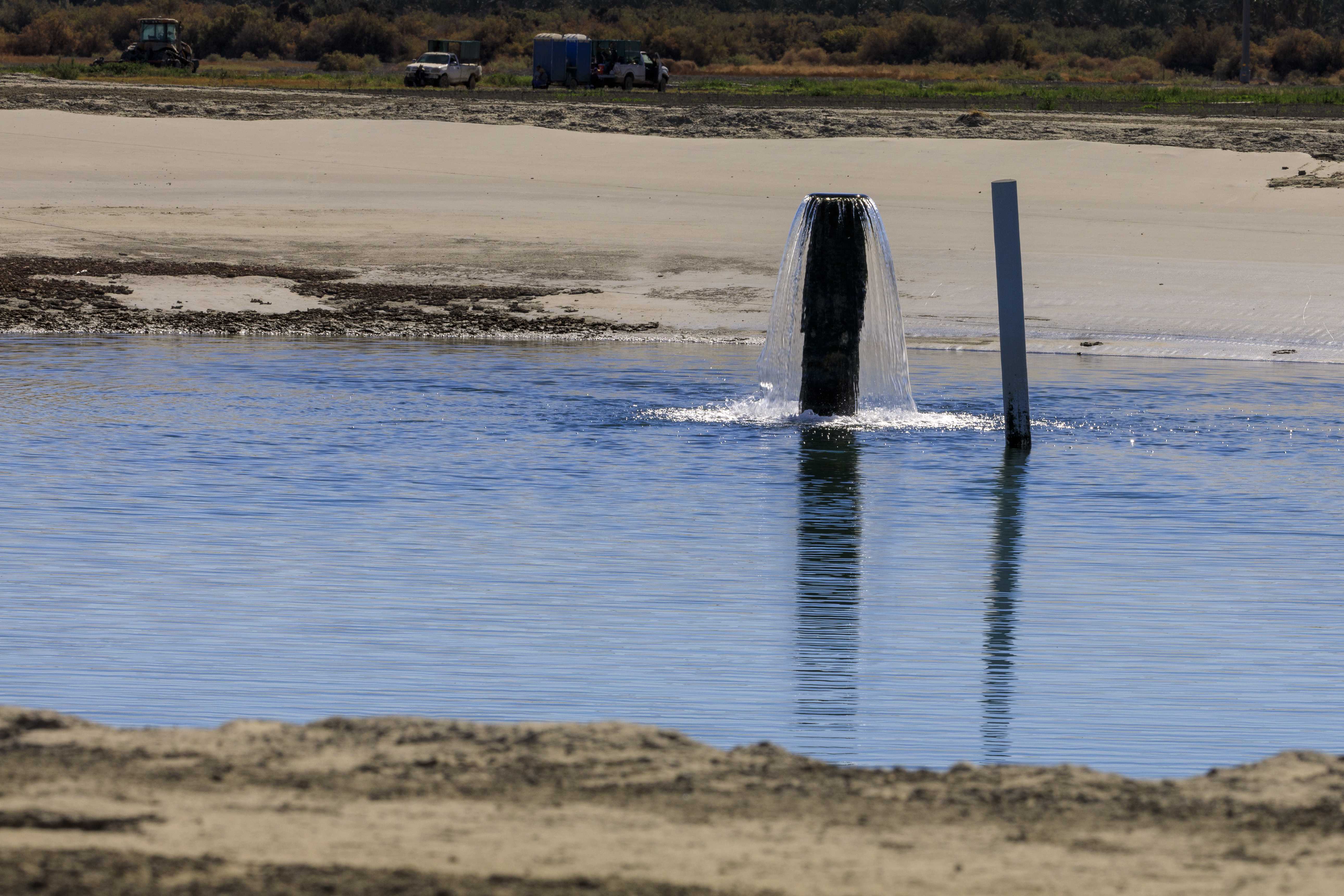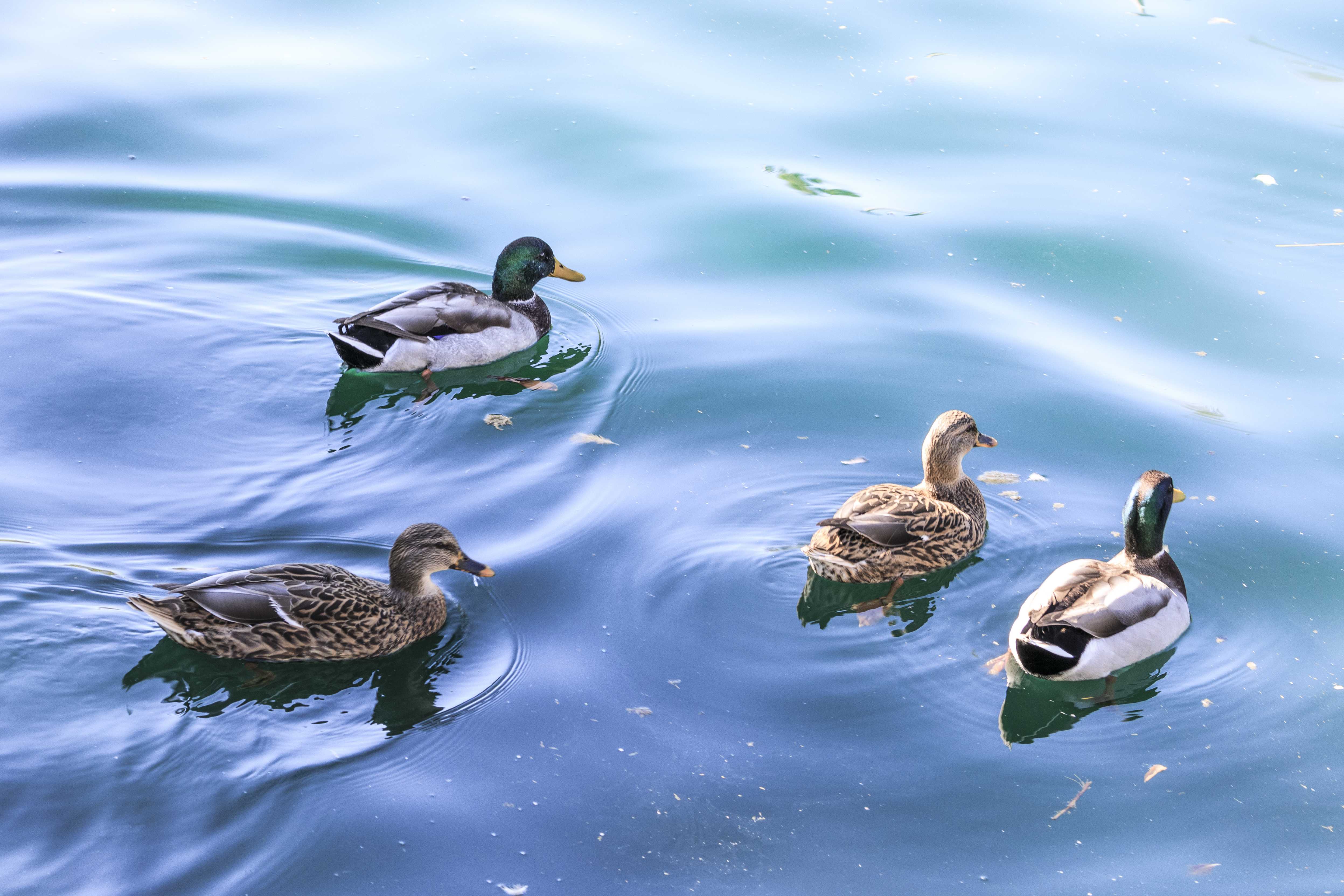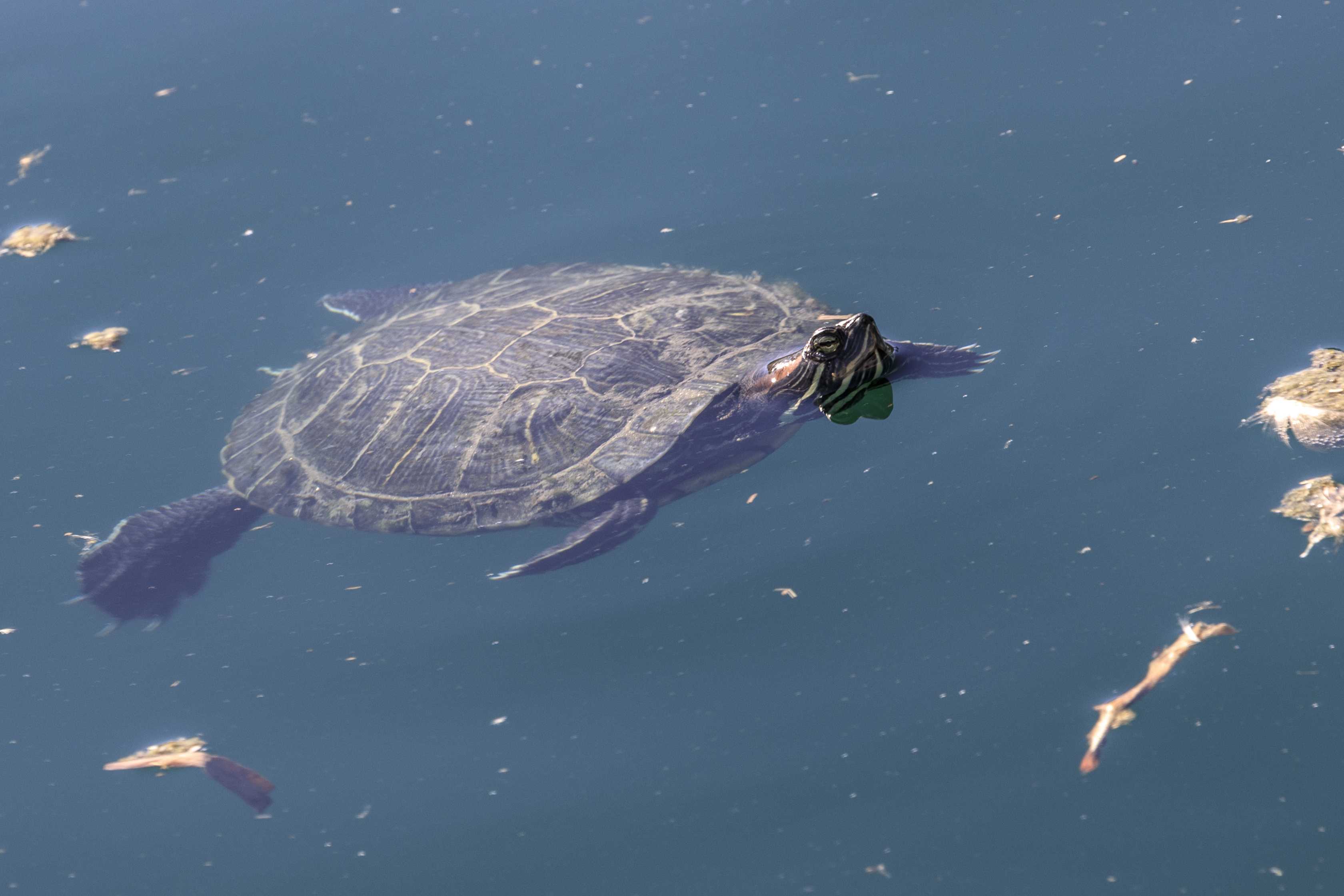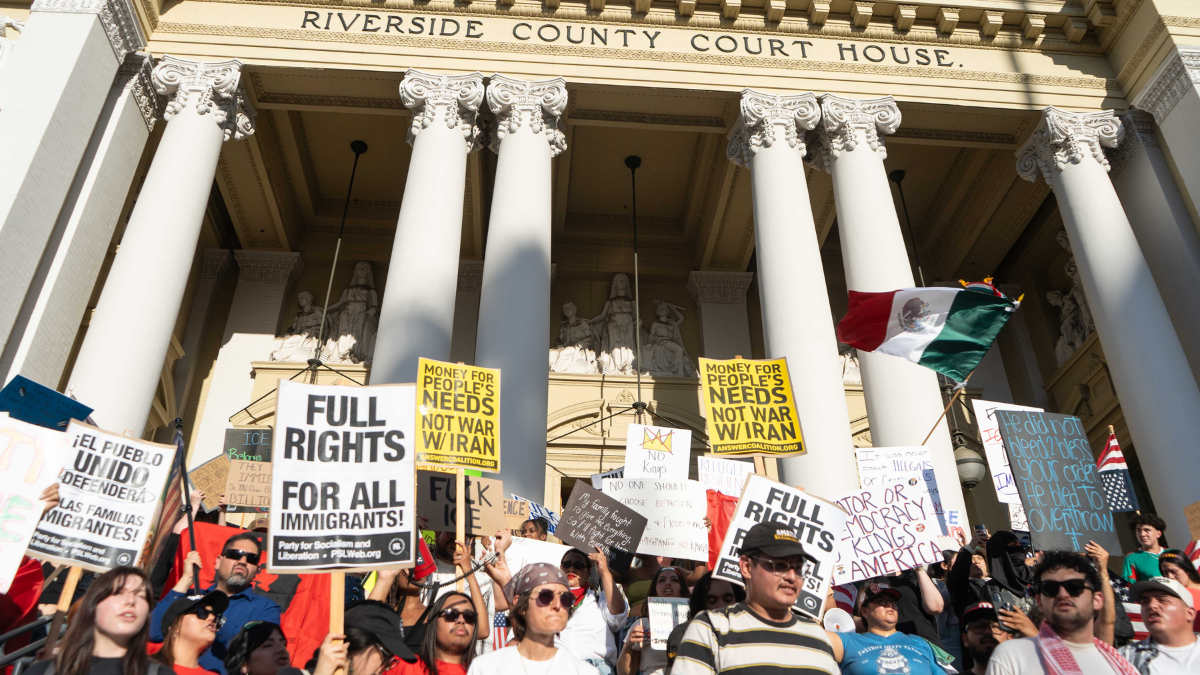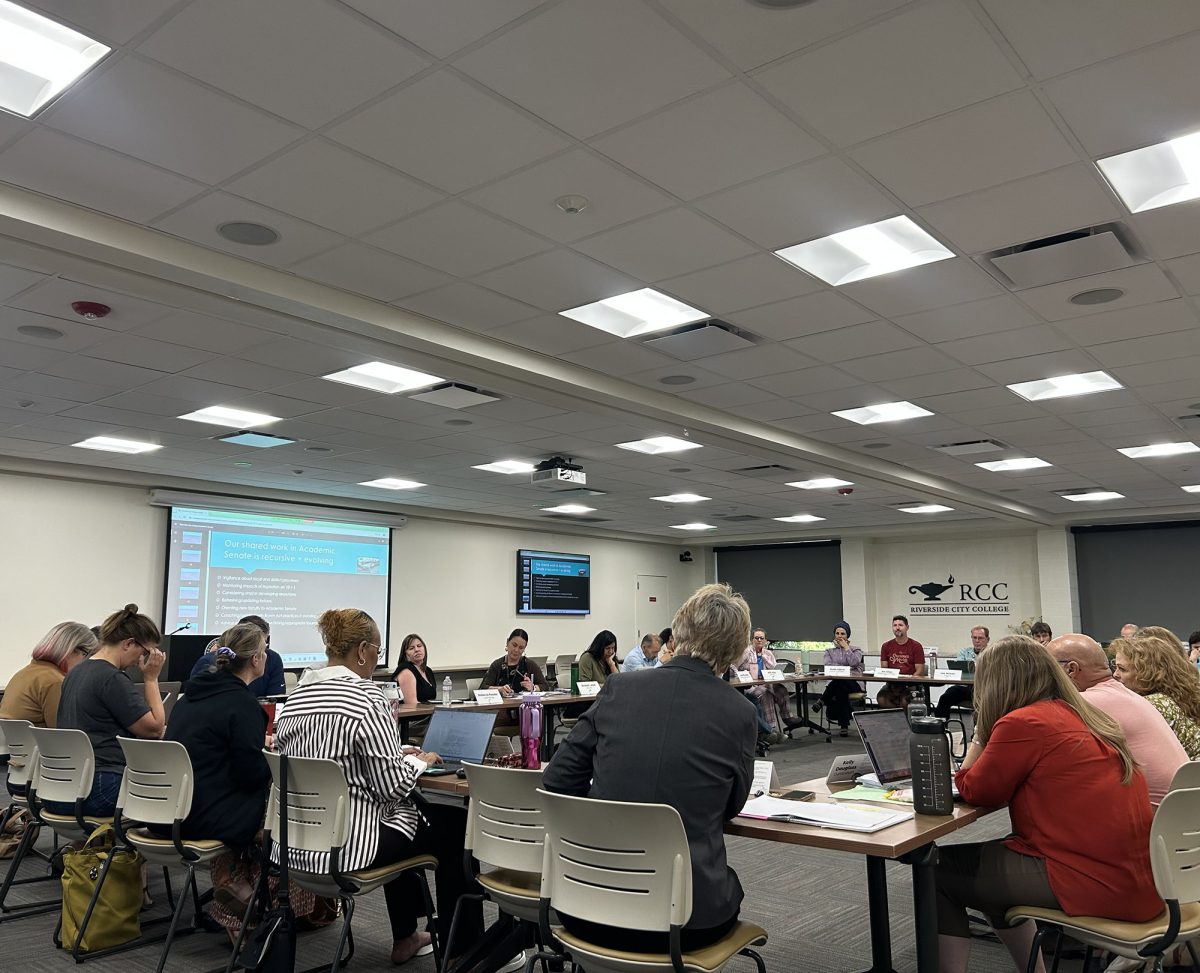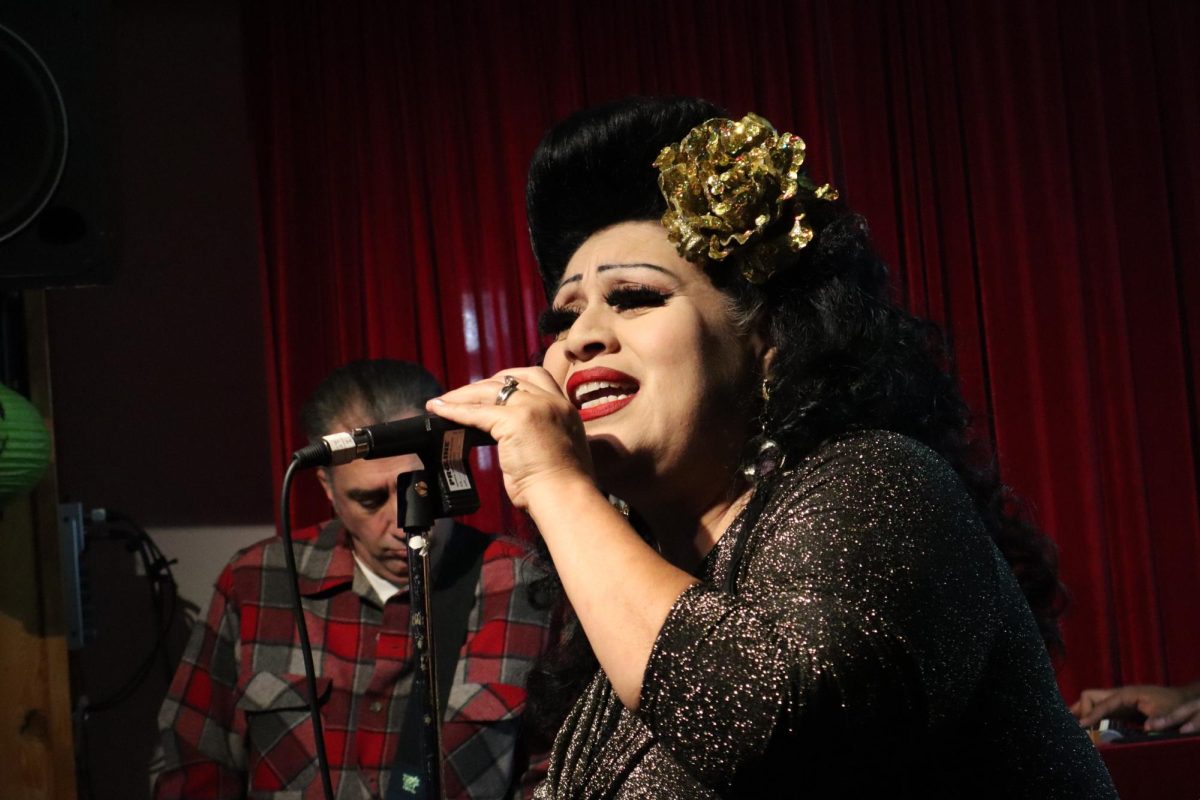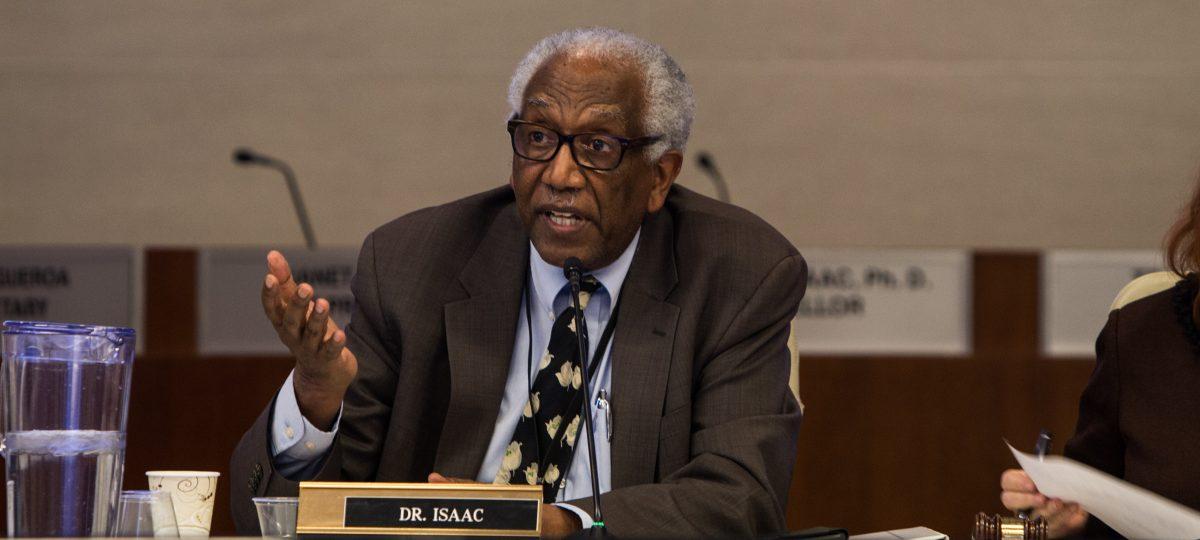By Joyce Nugent
This article is part three of the series about California’s growing water crisis. Read more here.
Manifest Destiny, the Gold Rush, epic natural disasters — California seizes every opportunity to move heaven and Earth in the name of progress.
As a result, California is a leading agricultural producer, a major manufacturing center, the most populated state in the country and the world’s eighth-largest economy.
But nothing happens without water. California’s water resources support 35 million people and irrigate more than 5.68 million acres of farmland.
Now the state faces the harsh reality that freshwater is not an infinite resource. The Municipal Water District of Southern California declared a drought emergency Nov. 9, asking water suppliers to implement all conservation measures to reduce water usage.
“We need immediate action to preserve and stretch our limited State Water Project supplies,” Gloria D. Gray, chair of the Metropolitan Water District Board of Directors, said in a statement. “Southern California on average gets about one-third of its water from Northern California via the state project. Next year, we’ll be lucky to get a small fraction of that.”
Water belongs to the state. The State Water Resources Control Board (SWRCB) grants and manages water rights to landowners, farmers, Native American tribes, manufacturers, developers, environmentalists and conservationists.
A water right is the license to use water from a stream, lake or irrigation canal. The license holders do not own the water itself. They possess the right to use it.
If your food was grown or raised by farmers or ranchers, you depend on someone who either has a water right or buys water from a water supplier, such as an irrigation district that has a water right.
If you live in the city or suburbs and drink, cook with, wash with, or water your yard with water, you can do so because your city has a water right or buys water from someone who has a water right.
When you turn on your lights or use appliances in California, at least some of the electricity you are using was likely generated by a power company that can operate a hydroelectric power plant because it has a water right.
If you swim, fish, or boat in a man-made lake or raft below a dam, you can do so because the dam owner has a water right.
Food and Water Watch in October 2021 compared water rights allocations and California’s actual supply of water and concluded that the state had issued rights for five times as much water as it can deliver based on mean annual water supplies.
Water continues to be a source of decades-long political wars burdened with territorial priorities. Besides satisfying the needs of a growing population, demands for more water also come from the agricultural industry, businesses, manufacturers and developers. These needs must be balanced against demands for protecting water quality and fisheries, wildlife and recreational interests.
The water rights system is based on seniority. State officials can require junior water users to cut back when water is scarce, starting with those who recently established their claims.
“Everybody with senior water rights has a huge interest in keeping the system exactly the way it is, even if it means hurting other people — which it does,” said Thomas Holyoke, a water politics expert at California State University Fresno. “Everybody is retreating into their corners and arming themselves legalistically to defend what little water they still have.”
Most experts agree that California’s complex, multi-level web of outdated water rights laws hinder the state’s ability to ensure everyone has enough water. This is a problem that will only get worse as the drought makes severe water shortages a reality.
“Water rights can be something that helps us adapt and create resiliency, or it can really hinder us,” said Joaquin Esquivel, SWRCB chair, at the Board’s Feb. 16 meeting.
According to Chris Scheuring, legal counsel to the California Farm Bureau, the state needs to address new infrastructure and water storage.
“One thing it does not need to do, however, is require reorganization of water rights,” Scheuring said. “In fact, the state’s water rights system is fundamentally conceived to deal with scarcity in dry years by providing for a hierarchy of priority upon which to base necessary curtailments.”
Many farmers have blamed the environmentalists who, the farmers argue, are choosing to waste water on fish at the expense of people.
Setting aside water for environmental purposes might be the most contentious issue in state water politics. For decades, farmers, environmental groups and government agencies have fought over how much water should be kept in rivers, streams and estuaries across Northern California and the Central Valley to ensure healthy ecosystems and help endangered species.
But water rights holders who depend on rivers and streams have fought to take more water from those sources, arguing that state officials unfairly prioritize fish over people.
“You’ve got debates with a number of folks saying, ‘no, the water rights system should just be applied until every last drop in the river is gone,’ ” said Ellen Hanak, director of the Water Policy Center at the Public Policy Institute of California, a San Francisco-based think tank.
Water conservation, development and management should be a collaborative effort. This more inclusive approach to negotiations is essential to address the severe challenges to California’s future.
“Everybody is terrified of moving to anything else because nobody has any idea of what the alternative system would be,” Holyoke said. “They’re afraid they would lose out under the new system.”

